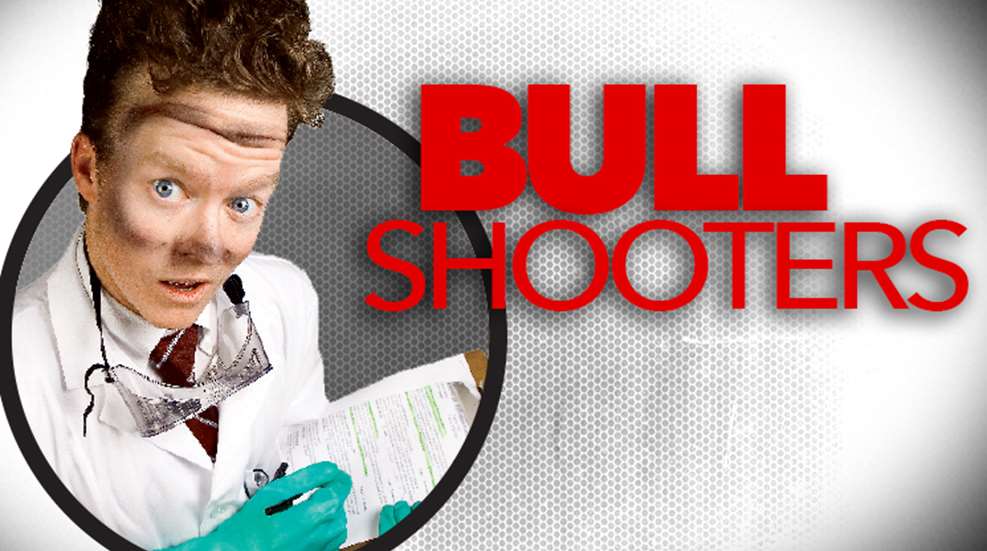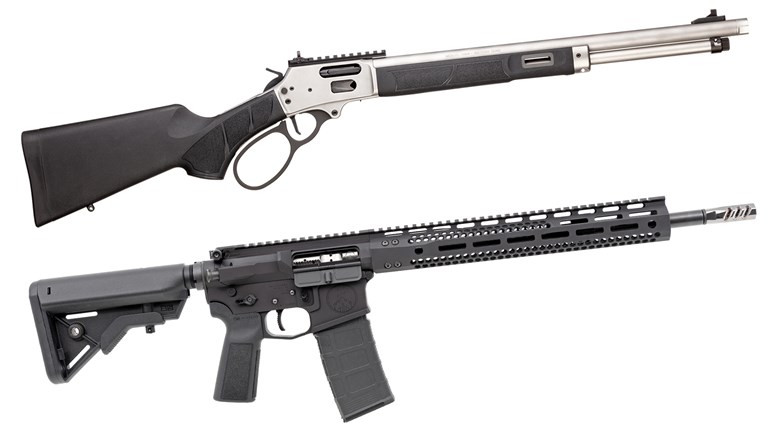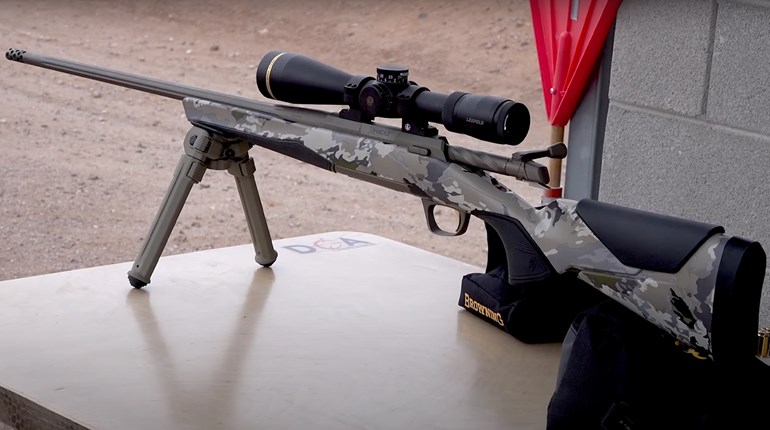
The Background
Online forums are like Vegas buffet lines for The BullShooters, lots of meat to choose from. Not too long ago, I saw this question posed on a hunting site and some credible folks believed it to be true. I had to find out for myself.
The Theory
According to the proponents of this concept, a faster rifling twist causes a bullet to spin faster (which is correct) causing the bullet to expand more violently upon impact (this is suspect).
The Expert Deferral
In order to truly test this theory, some very sophisticated equipment would be necessary- the kind of stuff found in bullet makers’ test labs. We reached out to some lab coat guys at two premier bullet manufacturers, Barnes and Nosler.
Nosler
“Twist rate (or rotational energy) has VERY little, if anything, to do with the rate at which a bullet expands. Velocity is really the main factor in expansion rate.”
“We've done tests in the past with standard vs. zero twist-rate barrels chambered in 30-06 where expansion and penetration were identical.”
Barnes
“There is no question our all copper product creates striations (cuts) in the gel block as it spins. So if you had more spin—you'd have more cuts.”
“I don't know that spin itself causes a more violent expansion. The question could be- if you don't have any spin, would the bullet have the same expansion. More spin does create more damage in the wound channel. If you look at one of our bullets that is pulled from a gel block - you'll see that the petals are actually bent at an angle from the spin. So the petals must be exerting an equal and opposite force to the gel block - so the answer is yes. More spin does impart a more violent expansion to the block.”
The Ruling
We have a split-decision: the experts disagree. In this case, I give a bit more weight to the Nosler techs since they actually performed comparator test with a zero twist barrel and saw no difference. Part of this is semantics, are we really talking about expansion or are we referring to tissue damage? Maybe it’s a function of bullet design & construction? Either way, I have my doubts that any difference would be noticeable on game. If you need a faster twist rate to stabilize a bullet, go for it—but don’t run out and buy a fast-twist barrel because you think it’ll devastate game animals in their tracks.





































